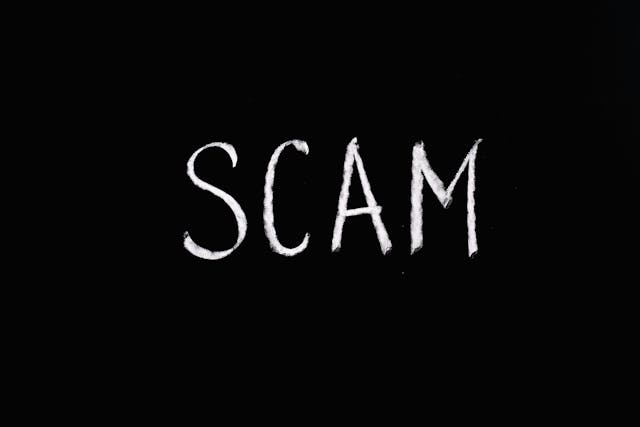Cryptocurrency continues to grow, and so does the need for security. In 2024, safeguarding your crypto wallet has become more crucial than ever. Here’s a quick guide on how to secure a crypto wallet in 2024, with practical steps and answers to common questions to keep your assets safe.
Quick Answer to Securing a Crypto Wallet in 2024
To secure a crypto wallet in 2024, prioritize using hardware wallets, enable two-factor authentication (2FA), create a strong passphrase, back up your wallet, and avoid sharing sensitive information online. These simple steps greatly reduce risks and help protect your digital assets.
Understanding Crypto Wallet Security
Crypto wallets are digital tools that store your private keys, allowing access to your cryptocurrency. Each wallet type offers unique benefits and risks, so choosing the right one is essential. There are two main types of wallets: hot wallets and cold wallets.
- Hot Wallets: These are online wallets connected to the internet. They’re convenient but more vulnerable to hacking.
- Cold Wallets: These are offline wallets, such as hardware wallets, that provide better protection.
Most experts recommend using cold wallets for long-term storage and hot wallets for everyday transactions. This combination provides convenience while minimizing risk.
1. Choose a Hardware Wallet
Hardware wallets are often the safest option for crypto storage. They store private keys offline, protecting your assets from online threats.
Benefits of Using Hardware Wallets
- Offline Storage: Hackers cannot access private keys stored on offline devices.
- Extra Security Layers: These wallets often require PINs, passwords, and sometimes biometric access.
- Portable and Durable: Hardware wallets are compact, easy to store securely, and usually resistant to physical damage.
2. Use Two-Factor Authentication (2FA)
2FA adds an extra layer of security, requiring two forms of identity verification to access your wallet.
How to Enable 2FA for Extra Security
Most crypto wallets and exchanges offer 2FA, allowing you to authenticate with a text message, authenticator app, or biometric verification. Authenticator apps like Google Authenticator are often more secure than SMS, as they don’t rely on your phone’s connection.
3. Create a Strong Passphrase
A strong passphrase protects your wallet from unauthorized access. Use at least 12 words and avoid common phrases or personal information.
Tips for a Secure Passphrase
- Avoid Repeating Words: Use unique, unrelated words for maximum security.
- Consider Adding Symbols and Numbers: This can increase complexity.
- Keep It Offline: Write down your passphrase and store it somewhere safe, away from digital access.
4. Back Up Your Wallet
Backing up your wallet ensures you can recover your assets if you lose access to your device. Most wallets offer recovery phrases or “seed phrases” that let you retrieve your account if needed.
Steps for Backing Up Securely
- Write Down Your Recovery Phrase: Don’t store it on a computer or phone, as these can be hacked.
- Store in a Safe Location: Consider a secure, fireproof safe for added protection.
- Consider a Metal Backup: Metal backups protect against fire, water, and physical damage, offering more durability than paper.
5. Avoid Phishing Scams
Phishing scams are among the most common threats to crypto users. Hackers use fake websites, emails, or texts to trick users into revealing their private information.
How to Recognize and Avoid Phishing
- Check URLs Carefully: Only use official websites or apps to access your wallet.
- Beware of Unsolicited Messages: Don’t click on links from unknown sources.
- Use a Password Manager: Password managers can help you identify phishing sites by automatically filling in login details only on genuine sites.
6. Monitor Your Wallet Regularly
Regularly checking your wallet activity allows you to catch any suspicious activity early. Set up alerts if your wallet provider offers them.
7. Avoid Public Wi-Fi
Public Wi-Fi networks can expose you to hackers, making it easier for them to intercept your data. Avoid using public networks to access your wallet or make transactions.
Conclusion
Securing your crypto wallet in 2024 involves a blend of the right tools, habits, and awareness. By following these steps—using hardware wallets, enabling 2FA, creating strong passphrases, backing up your wallet, and avoiding phishing scams—you’re well-prepared to protect your digital assets. Stay vigilant, regularly review security updates, and always prioritize wallet security. Protecting your assets is well within reach if you implement these strategies today.








